Top Attractions
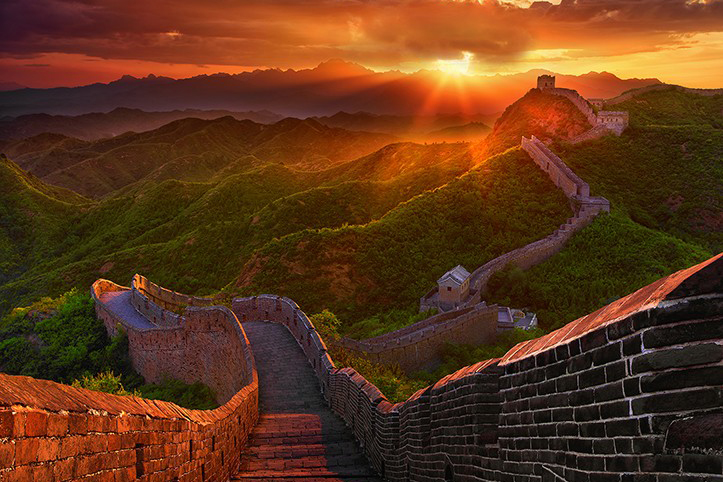
The Great Wall »
The Great Wall, one of the greatest wonders of the world, was listed as a World Heritage by UNESCO in 1987. Just like a gigantic dragon, it winds up and down across deserts, grasslands, mountains and plateaus, stretching approximately 13,170 miles.
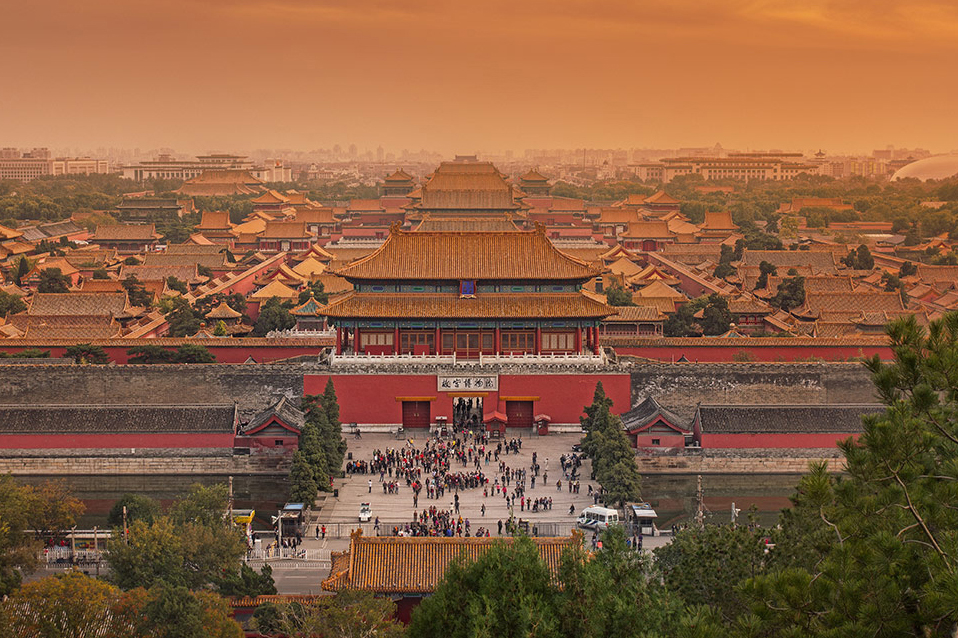
The Forbidden City »
Forbidden City, lies at the city center of Beijing, and once served as the imperial palace for 24 emperors during the Ming and Qing Dynasties (1368 - 1911). It was first built throughout 14 years during the reign of Emperor Chengzu in the Ming Dynasty (1368-1644).

The Terracotta Army »
The Terracotta Army, aka Terracotta Warriors and Horses, are the most significant archeological excavations of the 20th century. Work is ongoing at this site, which is around 1.5 kilometers east of Emperor Qin Shi Huang's Mausoleum in Lintong, Xian, Shaanxi Province.
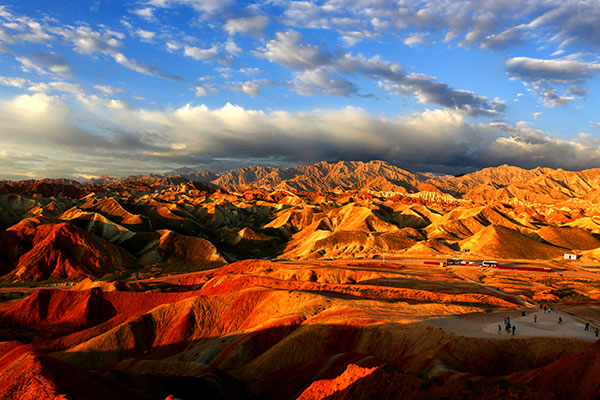
The Silk Road »
The Silk Road is a historically important international trade route between China and the Mediterranean. Because China silk comprised a large proportion of the trade, it was named the 'Silk Road'. It is now included in the World Heritage List of UNESCO.
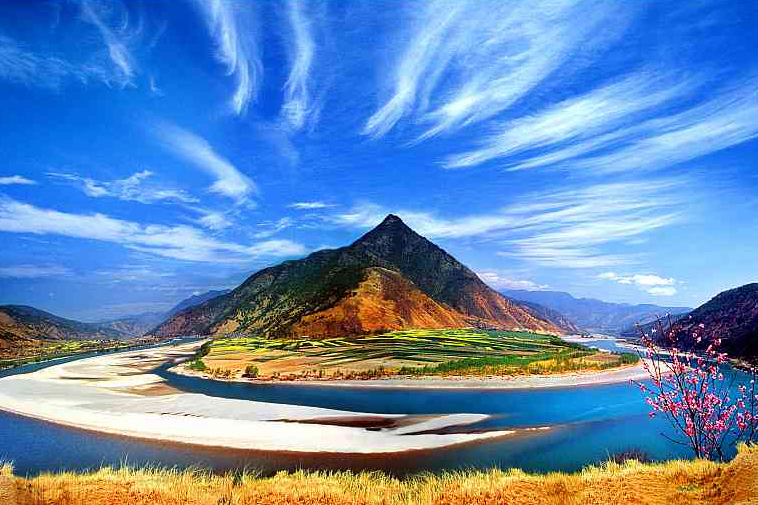
The Yangtze River »
Winding about 3,964 miles, Yangtze River is the largest in China. Areas to the north and the south of the river have many differences in climate, scenery, economics, culture and folk customs.
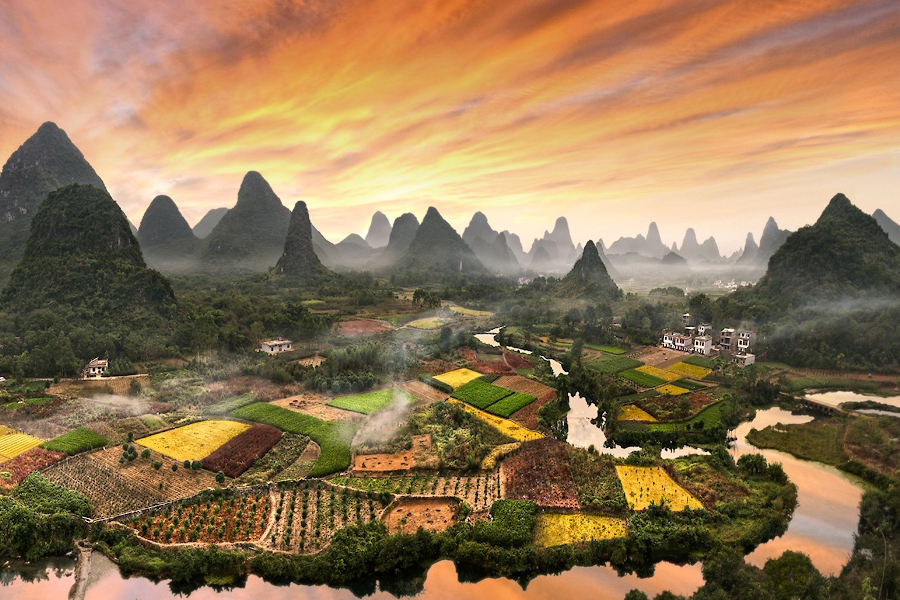
The Li River »
The Li River is the centerpiece of any trip to northeastern Guangxi Province. With its breathtaking scenery and taste of a life far removed from the concrete metropolis, the scenery along the river become one of China's top tourist destinations.